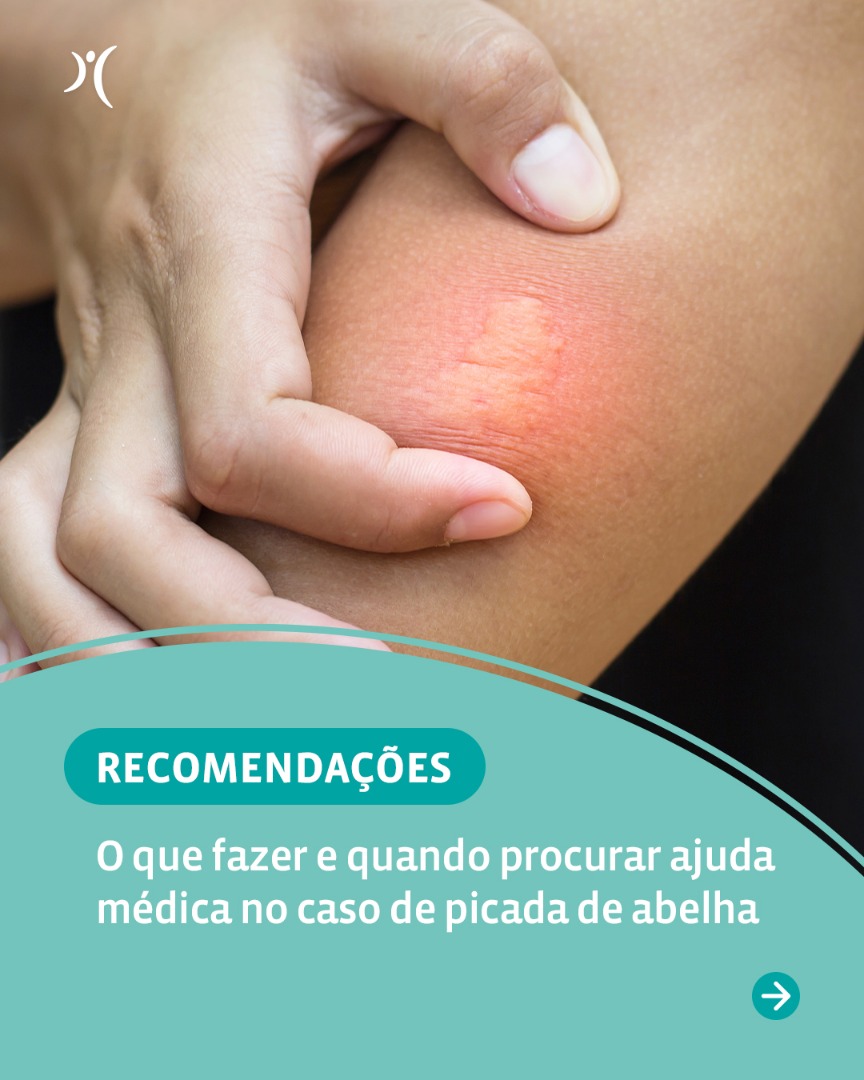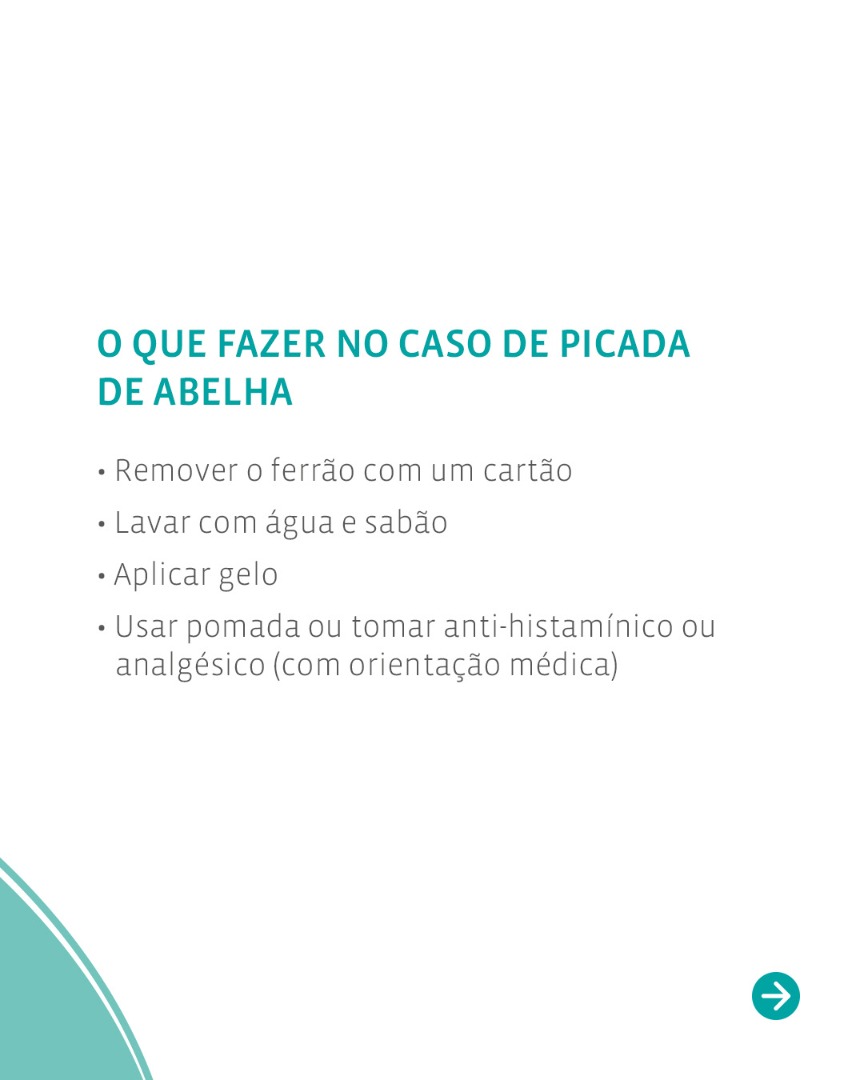In most cases, they cause only localised symptoms such as pain, redness, and swelling. However, in more sensitive individuals, they can trigger severe allergic reactions which, in certain cases, may be life-threatening. For this reason, it is essential to know how to act quickly and effectively.
When stung by a bee, the first step should be the immediate removal of the stinger to prevent continued venom release. This can be done with a pair of tweezers or, preferably, using a rigid card to gently scrape it off the skin. Avoid squeezing the stinger with your fingers, as this may inject more venom into the body. The affected area should then be carefully washed with soap and water to prevent infection, and ice should be applied for 10 to 15 minutes, three times a day, to help reduce pain and swelling.
Symptoms usually resolve within a few days and can be managed with anti-histamine creams, oral anti-histamines, or over-the-counter pain relief, always under medical guidance. However, not all reactions are mild. In allergic individuals, a sting can trigger a severe systemic reaction known as anaphylaxis, which is a medical emergency.
Warning signs of anaphylaxis include: difficulty breathing, tightness in the throat, swelling of the face, lips or eyes, widespread hives, nausea, vomiting, dizziness or loss of consciousness. If these symptoms occur, it is vital to call emergency services (112) or go to the nearest hospital immediately. Special attention should also be given to cases involving multiple stings, even in individuals without a known allergy, as the accumulation of venom may lead to systemic effects.
Individuals with a history of allergic reactions should be assessed by an Immunoallergology specialist. Depending on the severity, specific immunotherapy (allergy vaccines) may be recommended to reduce or even eliminate the risk of future reactions. Additionally, these patients should always carry an adrenaline auto-injector (such as an Epipen®) and use it at the first sign of anaphylaxis, as prescribed by a doctor.
While it is not possible to completely avoid contact with bees and other insects, the following preventive measures can significantly reduce the risk of being stung:
- Avoid strong perfumes and brightly coloured or floral-patterned clothing;
- Do not walk barefoot in gardens, fields, or areas with dense vegetation;
- Keep food and drinks covered when eating outdoors;
- Avoid sudden movements near bees and move away calmly and slowly.
At Grupo HPA Saúde, our emergency departments are equipped to manage allergic reactions to insect stings, and we have specialist Immunoallergology teams ready to provide appropriate diagnosis and treatment. If you have any concerns, symptoms, or a history of allergic reactions, do not hesitate to seek specialist medical advice.
27, August 2025











